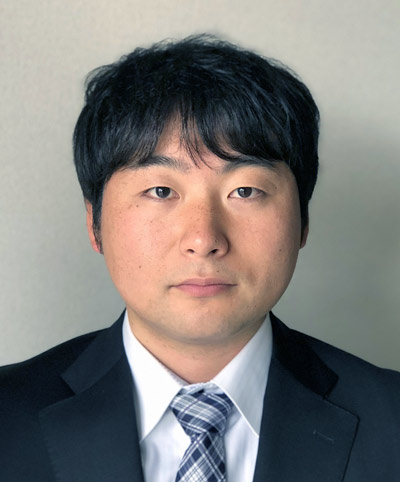Feb. 19, 2021 Research Highlight Physics / Astronomy
Topological insulators could offer a way to harness exotic particles for quantum computing
A large class of quantum materials could host hypothetical particles useful for quantum computers
 Figure 1: The theoretical prediction of Majorana fermions in superconducting topological crystalline insulators could lead to them being used in quantum computers..© SAKKMESTERKE/SCIENCE PHOTO LIBRARY/Getty
Figure 1: The theoretical prediction of Majorana fermions in superconducting topological crystalline insulators could lead to them being used in quantum computers..© SAKKMESTERKE/SCIENCE PHOTO LIBRARY/Getty
A broad class of quantum materials could be used to create particles that may find use in quantum computers, calculations by two RIKEN theoretical physicists have predicted1.
Nearly every fundamental particle has an antiparticle counterpart with the same mass but the opposite electric and magnetic characteristics. For example, the antiparticle of the negatively charged electron is the positively charged positron.
A class of particles that are their own antiparticles has been theoretically predicted. These so-called Majorana fermions have not yet been identified in experiments that probe the physics of elementary particles. However, composite particles or quasiparticles that mimic the same properties have been created in exotic materials.
Quasiparticle Majorana fermions have been observed at the interface between superconductors and topological insulators—materials that are electrically insulating on the inside but conduct a current on their surfaces. Majorana fermions observed in this two-component system maintain their state even in the presence of defects and disturbances. This robustness makes them promising as a platform for quantum computation.
“Recent experiments have found evidence for a Majorana fermion at vortices in hybrid systems of topological insulators and superconductors,” explains Shingo Kobayashi from the RIKEN Center for Emergent Matter Science (CEMS). “But it is still highly challenging to create Majorana fermions.”
 Shingo Kobayashi (above) and RIKEN colleague Akira Furusaki have predicted the existence of Majorana fermions in superconducting topological crystalline insulators. © 2021 RIKEN
Shingo Kobayashi (above) and RIKEN colleague Akira Furusaki have predicted the existence of Majorana fermions in superconducting topological crystalline insulators. © 2021 RIKEN
Kobayashi and his CEMS colleague Akira Furusaki are hoping to make it easier to form Majorana fermions through identifying a broader range of materials that can support them. So they theoretically investigated a type of topological insulator known as a topological crystalline insulator, in which the surface is conducting due to the symmetry of the material’s atomic structure.
“Recent work that combined calculations and material databases has theoretically uncovered several thousand topological materials with topological phases enabled by crystalline symmetry,” notes Kobayashi.
The calculations performed by Kobayashi and Furusaki showed that the crystalline symmetry that creates the surface states in a topological crystalline insulator also plays an important role in protecting Majorana fermions.
Furthermore, the pair discovered that these systems can support states with multiple Majorana fermions. Unlike a single Majorana fermion, these multiple Majorana fermions can react to external perturbations such as magnetic fields or physical strain. This finding offers ways to manipulate the fermions, which is vital if they are to be implemented in a topological quantum computer.
“The next step will be to apply our generalized mechanism to material databases and predict materials that are suitable for achieving these Majorana fermions,” says Kobayashi.
Related contents
- Searching for the Majorana quasiparticle in a vortex core
- Developmental control from an unexpected source
- Particles that are their own worst enemies
Reference
- 1. Kobayashi, S. & Furusaki, A. Double Majorana vortex zero modes in superconducting topological crystalline insulators with surface rotation anomaly. Physical Review B 102, 180505 (2020). doi: 10.1103/PhysRevB.102.180505
